- About us
- Support the Gallery
- Venue hire
- Publications
- Research library
- Organisation chart
- Employment
- Contact us
- Make a booking
- Onsite programs
- Online programs
- School visit information
- Learning resources
- Little Darlings
- Professional learning
Sir Mark Oliphant AC KBE (1901-2000), physicist, was Governor of South Australia from 1971 to 1976. In the early 1930s Oliphant found new forms of hydrogen (Deuterium and Tritium) and helium (Helium 3). These discoveries laid the foundation for the development of nuclear weapons, and Oliphant was a participant in the Cambridge Cavendish Laboratory research group and in the United States Manhattan Project, which culminated in the artificial disintegration of the atomic nucleus, enabling the bombing of Japan at the end of World War II. Oliphant was director of research in the physical sciences at the Australian National University from 1950 to 1966 and the Foundation President of the Australian Academy of Science from 1954 to 1956. A campaigner for the environment, Aboriginal land rights and women's affirmative action, he once described himself as 'one of those persons who wish atomic weapons had never been made'.
Physicists Lise Meitner (1878-1968), Otto Hahn (1879-1968) and Fritz Strassmann (1902-1980) recognised in 1938 that the uranium atom could split if bombarded by neutrons. Lise Meitner's sister-in-law, Lotte Meitner-Graf, worked as a photographer in Vienna and the United States, and operated a studio at 23 Old Bond Street, W.1, London. Her connection with Lise Meitner led her to photograph a number of prominent scientists.
Collection: National Portrait Gallery
Gift of Ms Vivian Wilson 2004
Vivian Wilson (2 portraits)
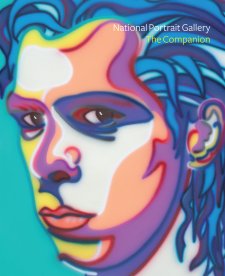
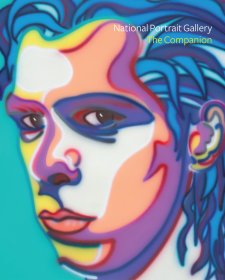

On one level The Companion talks about the most famous and frontline Australians, but on another it tells us about ourselves.
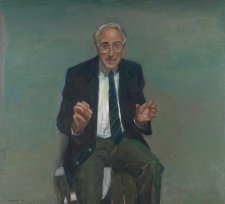
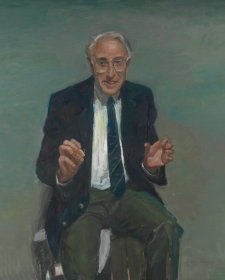
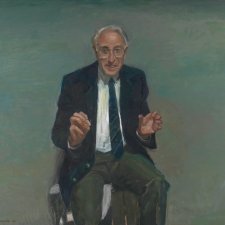
Drawn from some of the many donations made to the Gallery's collection, the exhibition Portraits for Posterity pays homage both to the remarkable (and varied) group of Australians who are portrayed in the portraits and the generosity of the many donors who have presented them to the Gallery.


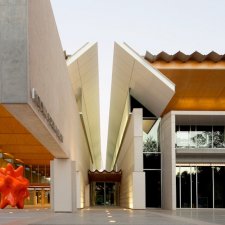
Visit us, learn with us, support us or work with us! Here’s a range of information about planning your visit, our history and more!